Sixes and Sevens is a surprise. A big one. Since leaving Siouxsie and the Banshees in September 1979, John McKay has largely been a mystery. On record, the only suggestion this influential guitarist had continued with music was the EP his post-Banshees band Zor Gabor issued in 1987. Otherwise – nothing.
Sixes and Sevens collects 11 tracks excavated by McKay from his personal archive. It is not an unreleased album. Three tracks are from 1980, three are from 1983, and there is one apiece from 1985, 1986 and 1987, and two from 1989. One of the 1983 tracks is titled “Zor Gabor” and, as well as McKay, features vocalist Linda McKay and drummer Graham Dowdall: the trio were the band of the same name. This points to the year Zor Gabor began, meaning it took them a long time to make a record (that sole release was recorded in 1986). Likewise, the track from 1989 points to when they ceased their activities. Early copies of the album come with a bonus CD of tracks not on the vinyl, and a smart illustrated booklet in which McKay contributes eloquent text on his background, time with the Banshees and the ensuing years.
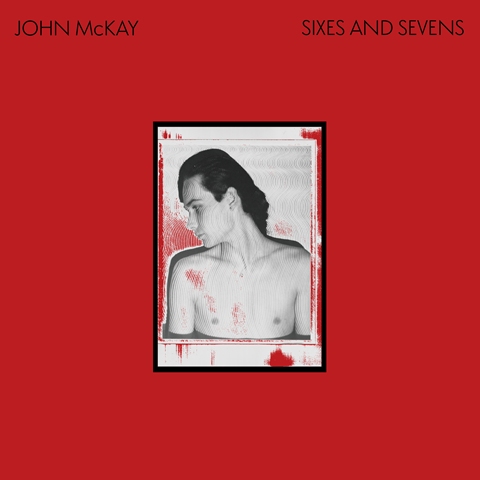 All of which confirms McKay persisted with music after the Banshees. It also implies McKay's approach was deliberate, undertaken outside the music business and its need for product and schedules. Notwithstanding the interpretations, Sixes and Sevens tells a previously untold story. It is a major archive release.
All of which confirms McKay persisted with music after the Banshees. It also implies McKay's approach was deliberate, undertaken outside the music business and its need for product and schedules. Notwithstanding the interpretations, Sixes and Sevens tells a previously untold story. It is a major archive release.
John McKay’s first show with Siouxsie and the Banshees before a paying audience was on 11 July 1977, at Wardour Street's Vortex. He entered the band after they ejected guitar Peter Fenton (who then formed the now-obscure Heroes). Fenton’s final Banshees' date was 19 May, at Camden’s Dingwalls. McKay's recruitment was announced on 2 July. Although the new guitarist had seen the band and knew their songs, he had little time to acclimatise himself to his new role.
His route to the Banshees was via his friend John Maybury, who was working with the band’s drummer Kenny Morris on Derek Jarman's film Jubilee. Through this, Morris suggested McKay try out for his band. Given a cassette of the Banshees, he learned the songs, auditioned and was in. On joining, McKay was given the soundtrack albums to The Omen and Psycho as a guide to what he was supposed to achieve in the first professional band he was a member of. Maybury went on to direct promo videos – including Pet Shop Boys’ "West End Girls" – and films – including the 2008 Dylan Thomas biopic The Edge of Love.
Once in the Banshees, McKay was critical to their sound and, more broadly, how they represented themselves. In the main he presented melodic frameworks and song structures to the band, to which Siouxsie would add lyrics. His guitar playing was instantly recognisable and like no other – amalgamating impressionistic sound wash, jaggedness, brute power and when necessary, spaciness. He was on three singles proper: "Hong Kong Garden," "The Staircase (Mystery)" and "Playground Twist." The less-formal "Mittagesian” 45 too. There were two albums: The Scream and Join Hands. With all this, McKay was integral to defining what would be dubbed “post punk.” He was important.
During the recording of Join Hands friction arose between, on one hand, McKay and Morris and, on the other, Siouxsie, bassist Steve Severin and manager Nils Stevenson. McKay thought the band wasn’t ready to complete a second album, questioned Stevenson's ability as a producer and was hesitant about recording a version of "The Lord's Prayer," which he and Morris saw as a throwback to the band as it was before they joined (it was played at 1976’s 100 Club Punk Festival by the first, ad hoc, Banshees). Furthermore, a cover design for the album by John Maybury was rejected in favour of one by Stevenson.
 The tension came into the open on the second date of the tour to promote Join Hands. On 7 September 1979, the band were at Aberdeen’s Other Record Shop for a record signing. The new album was playing. McKay took it off and put The Slits’ Cut onto the record player. McKay gave promotional copies of Join Hands, which Stevenson intended to sell, to those gathered in the shop. There was a physical confrontation with Siouxsie. McKay and Morris left in a taxi. That was it, they were no longer in the Banshees. Manager Stevenson gave McKay’s guitar to a fan. It was all witnessed by a journalist from the music weekly Sounds. The Banshees’ next B-side, aimed at McKay and Morris, was titled “Drop Dead.” (pictured left, John McKay in 2025)
The tension came into the open on the second date of the tour to promote Join Hands. On 7 September 1979, the band were at Aberdeen’s Other Record Shop for a record signing. The new album was playing. McKay took it off and put The Slits’ Cut onto the record player. McKay gave promotional copies of Join Hands, which Stevenson intended to sell, to those gathered in the shop. There was a physical confrontation with Siouxsie. McKay and Morris left in a taxi. That was it, they were no longer in the Banshees. Manager Stevenson gave McKay’s guitar to a fan. It was all witnessed by a journalist from the music weekly Sounds. The Banshees’ next B-side, aimed at McKay and Morris, was titled “Drop Dead.” (pictured left, John McKay in 2025)
After this, nothing until odd shows by Zor Gabor and their sole record, issued in 1987 by ex-Fall member Mark Riley’s In Tape label. Peter Gabriel had asked McKay to play with him, but the answer was no. Now, many years on, Sixes and Sevens.
The three 1980 tracks on the collection are “The Blessed West,” “Flare” and “Taken For Granted.” All are previously unheard and, for that matter, previously unknown. McKay sings and plays guitar. Morris is on drums. The bassist is Mick Allen, of some-time Banshees support band Rema-Rema. While chronologically the set’s closest tracks to the Banshees, they also sound like them. The fantastic “The Blessed West” is along the lines of “Playground Twist” and Join Hands’ “Regal Zone.” It hints at what might have come next for the Banshees. “Flare” is more measured, but recognisably a McKay and Morris creation. “Taken For Granted” possibly comments on how the guitarist and drummer were seen during their tenure in the Banshees. It is as spikey as that implies. All three tracks would have easily slotted into the Banshees’ repertoire.
The Zor Gabor-era tracks from 1983 to 1989 include two which were on the In Tape EP: “Tightrope” and what sounds like an earlier version of “Vigilante.” As well as McKay, Linda Clark (they had met in 1979 and later married: she became Linda McKay) and Dowdall, bassist Matthew Seligman is on a few of the Zor Gabor recordings (he played live with the band). Trumpet player Andy Diagram is on one track. Linda McKay, Graham Dowdall and Matthew Seligman are no longer with us.
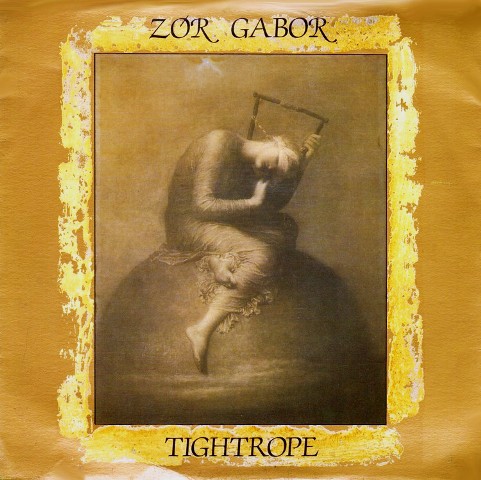 Although the guitar playing on some of the Zor Gabor material is recognisably McKay’s – especially on “Black Five,” “Sacred Measure” and the flurries on “Tightrope” – this is different to earlier. McKay is part of the band. It feels that he was on an equal footing with Clark and Dowdall. (pictured right, Zor Gabor's sole release, 1987's Tightrope EP)
Although the guitar playing on some of the Zor Gabor material is recognisably McKay’s – especially on “Black Five,” “Sacred Measure” and the flurries on “Tightrope” – this is different to earlier. McKay is part of the band. It feels that he was on an equal footing with Clark and Dowdall. (pictured right, Zor Gabor's sole release, 1987's Tightrope EP)
Stylistically, Zor Gabor are hard to place. Reductively, what’s heard can be seen as goth but the overall feel and the sonic spaciousness are akin to the earliest bands on the 4AD label – bands like Modern English, which had come through and assimilated the late Seventies to push forward into new territory. The Zor Gabor tracks do sound as if they could and should have been on 4AD. Why there was just the one release, and on a low-ish profile label too, remains a mystery. And as to why this one release was not followed up? Whether these tracks point to where the Banshees may have gone had McKay remained in them is impossible to answer. Whatever the imponderables, gaps are again plugged.
As noted earlier, Sixes and Sevens is a major archive release. Now that John McKay has decided to revisit and reclaim his past, and seems to have made peace with it, perhaps he will also feel it is the right time to tell his full story. A couple of live shows are booked, so clearly this is not the end of the story.
- Next week: Roots Rocking Zimbabwe - The Modern Sound of Harare Townships 1975-1980
- More reissue reviews on theartsdesk
- Kieron Tyler’s website

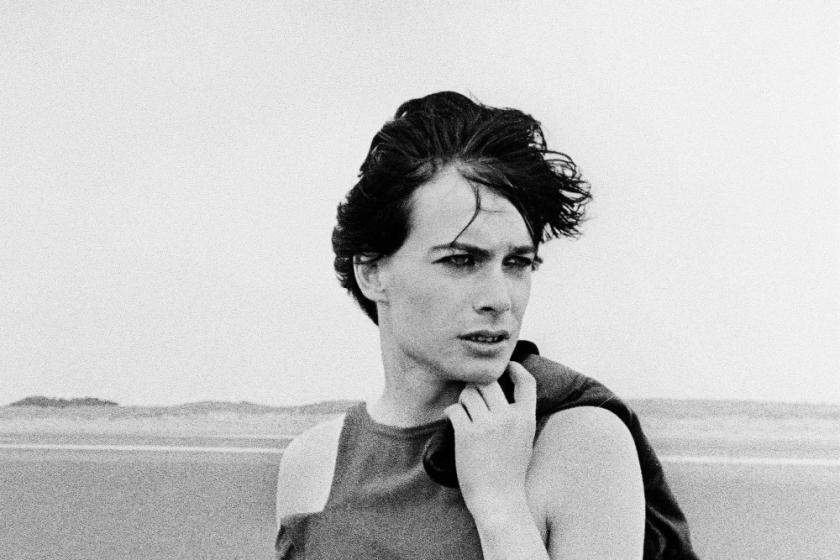


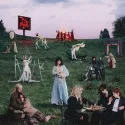

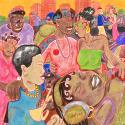




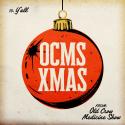



Add comment